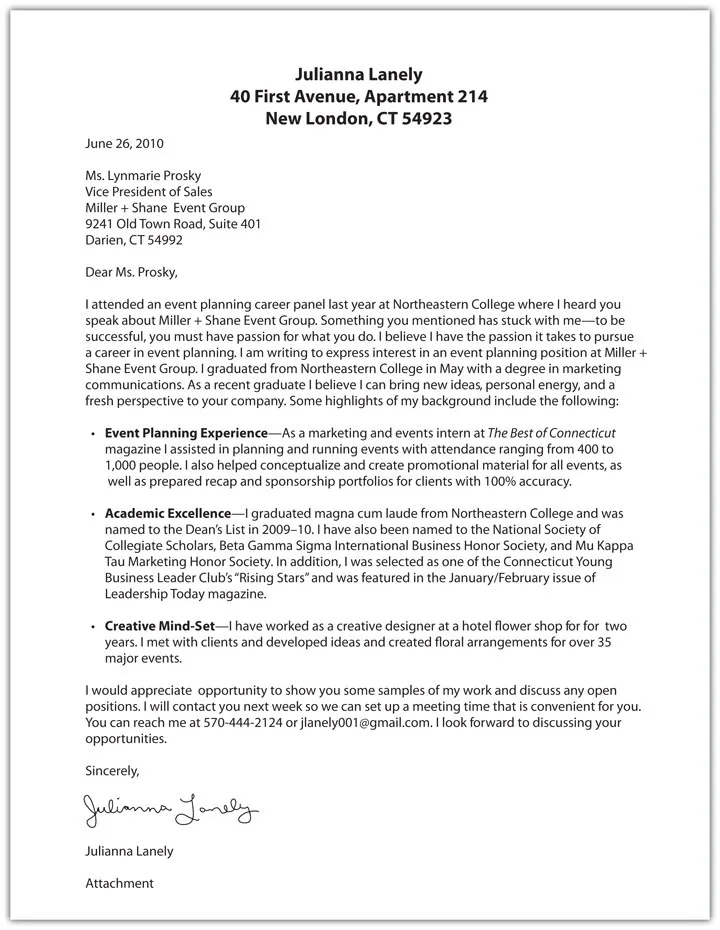What is a Cover Letter
A cover letter is a crucial document that accompanies your resume when applying for a job. It serves as your introduction to a potential employer and provides an opportunity to elaborate on your qualifications, skills, and experiences in a way that a resume alone cannot. Think of it as your personalized sales pitch, designed to capture the hiring manager’s attention and make them want to learn more about you. A well-written cover letter can significantly increase your chances of landing an interview by demonstrating your genuine interest, showcasing your unique value proposition, and highlighting why you’re the perfect fit for the role. Without a cover letter, you are missing out on a valuable opportunity to connect with the employer and make a strong first impression, making it difficult to make the cut.
The Purpose of a Cover Letter
The primary purpose of a cover letter is to provide context to your resume and explain why you are a good candidate for the job. It allows you to expand on your qualifications, share your career goals, and demonstrate your understanding of the company and the position. A well-crafted cover letter shows that you have taken the time to research the company, understand its needs, and tailor your application accordingly. It gives you a platform to highlight your key skills and achievements, aligning them with the specific requirements of the job. Furthermore, a cover letter also helps you showcase your personality, communication skills, and enthusiasm, which are essential in making a positive first impression. By addressing the employer’s needs and demonstrating how you can contribute to their success, a cover letter significantly increases your chances of getting an interview and ultimately landing the job.
Top 5 Secrets for an Excellent Cover Letter
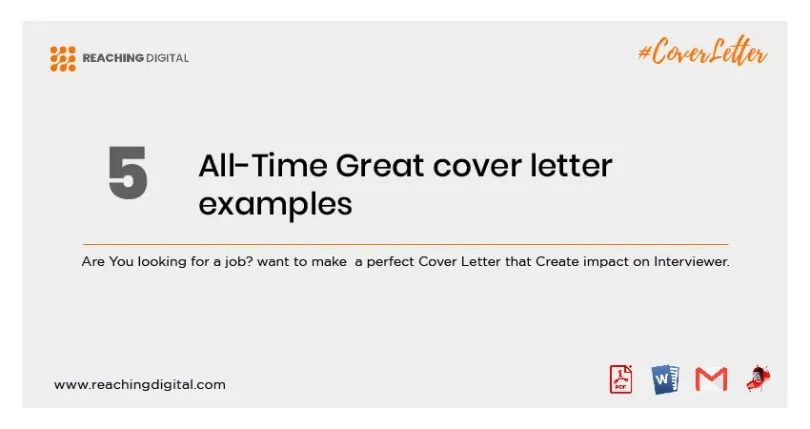
Writing a compelling cover letter can feel daunting, but by following a few key secrets, you can significantly increase your chances of success. These secrets focus on personalization, showcasing relevant skills, expressing enthusiasm, maintaining a professional tone, and meticulous proofreading. Implementing these strategies will help you create a cover letter that grabs the reader’s attention, highlights your strengths, and sets you apart from other candidates. Each secret builds upon the other, creating a cohesive and persuasive narrative that demonstrates your suitability for the role. By mastering these techniques, you’ll be well-equipped to craft cover letters that not only get you noticed but also get you hired.
Secret 1 Tailor Your Letter
The first secret to writing an excellent cover letter is to tailor it to each specific job application. Generic cover letters are easily spotted and often discarded. Instead, take the time to research the company, understand the specific requirements of the position, and customize your letter accordingly. This shows the hiring manager that you are genuinely interested in the role and have taken the initiative to understand their needs. Tailoring demonstrates that you are not just sending out a generic application but are specifically targeting their organization and the opportunity they offer. This demonstrates your commitment to the opportunity and willingness to adapt.
Why Personalization Matters
Personalization is key because it demonstrates that you have invested time and effort in understanding the company and the role. It allows you to address the specific needs and challenges of the organization, showing that you can contribute meaningfully. Personalized cover letters are more likely to resonate with hiring managers because they feel like you are speaking directly to them, rather than sending a mass-produced document. When you customize your letter, you can highlight how your skills and experiences align with the company’s values and goals. This level of detail shows that you are not just a job seeker but a potential problem-solver who is invested in the company’s success.
How to Customize Your Letter
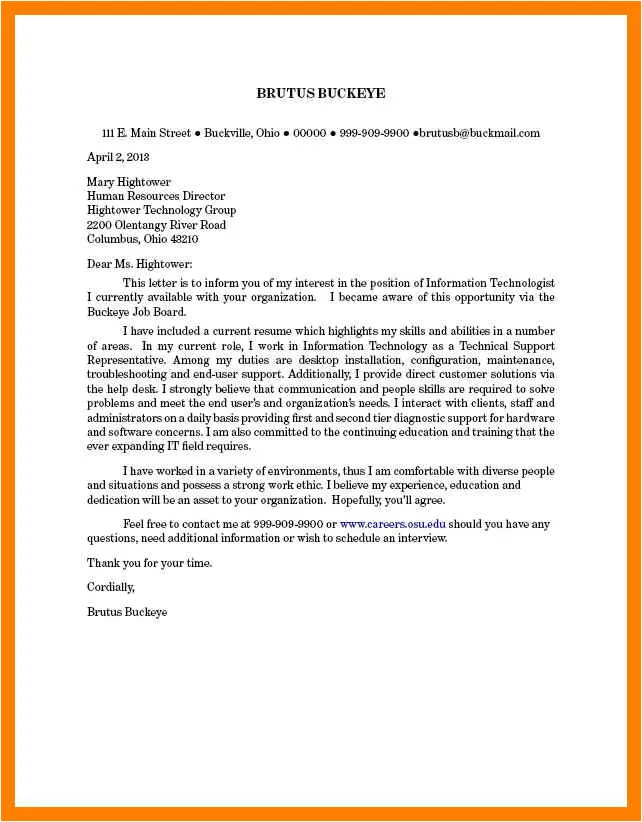
Customizing your cover letter involves several key steps. First, carefully review the job description and identify the most important skills, qualifications, and experiences that the employer is seeking. Then, research the company to understand its mission, values, and recent projects. Incorporate this information into your letter by highlighting how your skills and experiences align with their specific needs. Use the company’s name and the hiring manager’s name (if available) to personalize the letter further. If the job description mentions specific software or technologies, make sure to mention your experience. Referencing specific projects or initiatives that align with the company’s goals demonstrates that you are proactive and forward-thinking.
Secret 2 Highlight Key Skills
The second secret is to highlight your key skills and achievements that directly align with the job requirements. While your resume provides a detailed overview of your qualifications, your cover letter gives you the opportunity to elaborate on your skills and demonstrate how they translate into value for the employer. Identify the skills that are most relevant to the role and provide specific examples of how you have utilized those skills in the past. This can include both technical skills and soft skills, such as communication, problem-solving, and teamwork. By showcasing your capabilities in a clear and concise manner, you make it easy for the hiring manager to understand the value you bring to the table. This section gives you the opportunity to stand out from the competition.
Identifying Relevant Skills
To identify the relevant skills, carefully review the job description and make a list of the required and preferred skills. Look for keywords and phrases that the employer uses to describe the ideal candidate. Then, compare these skills with your own skills and experiences, and identify the areas where you have a strong match. Be sure to consider both hard skills (such as proficiency in specific software or technical knowledge) and soft skills (such as communication, leadership, and problem-solving). Consider any additional skills that you have that would be beneficial to the company. The goal is to highlight the skills that the employer is looking for and demonstrate how you can contribute to the success of their team.
Showcasing Skills with Examples
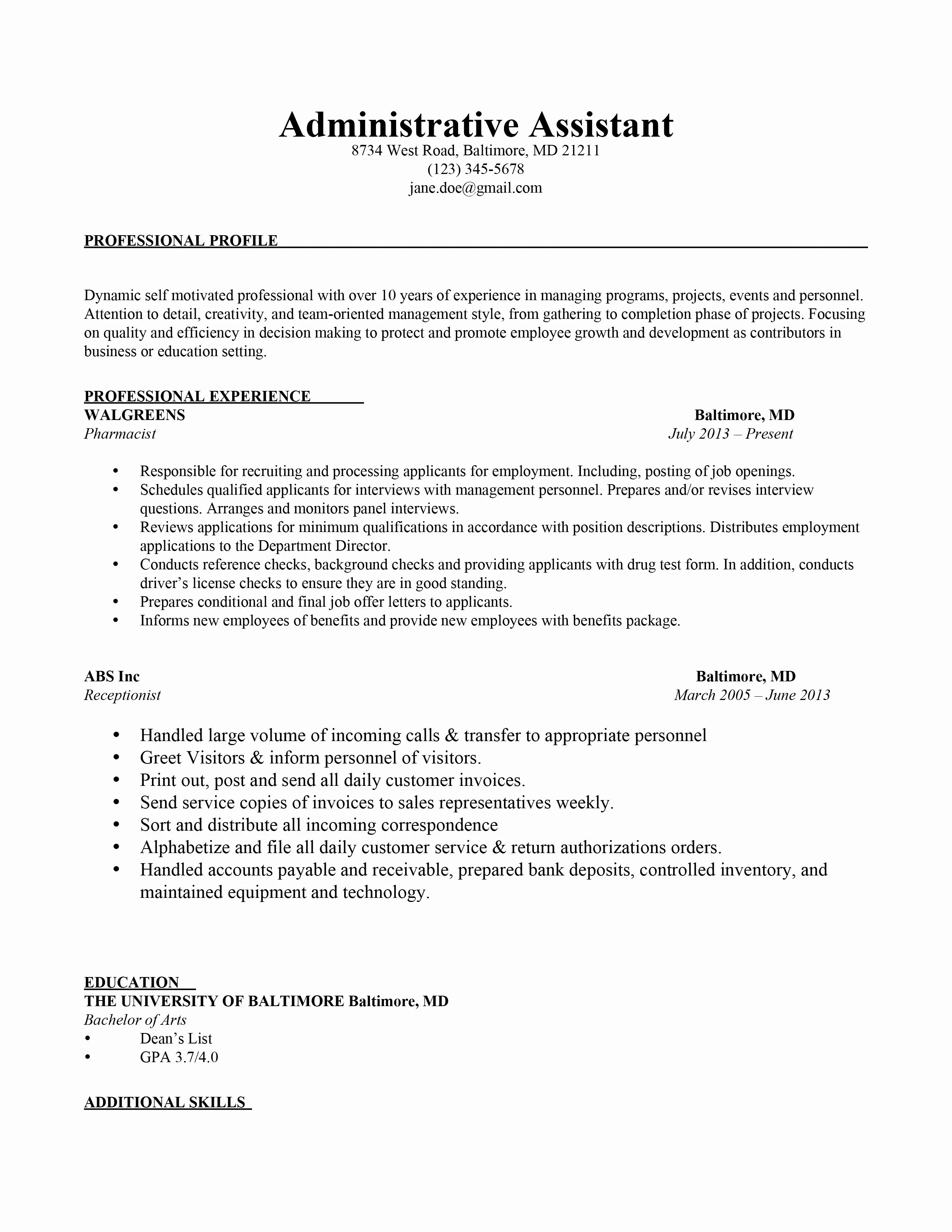
Once you have identified the relevant skills, you need to showcase them with specific examples. Instead of simply listing your skills, provide evidence of how you have used them in the past. Use the STAR method (Situation, Task, Action, Result) to structure your examples and make them more compelling. Start by briefly describing the situation you were in, the task you were assigned, the actions you took, and the results you achieved. This approach allows the hiring manager to understand your skills within the context of your experience, making your accomplishments more tangible and impactful. Use quantifiable results whenever possible, such as the percentage of revenue increase, or the number of projects completed on time, to make your achievements even more compelling.
Secret 3 Showcase Enthusiasm and Passion
The third secret to writing a great cover letter is to showcase your enthusiasm and passion for the position and the company. Hiring managers want to see that you are genuinely excited about the opportunity and that you have a strong desire to contribute to their organization. This can be achieved through your tone, your word choice, and your overall approach to the letter. Expressing your enthusiasm helps you connect with the reader on a personal level, making your application more memorable. It also conveys that you’re not just looking for a job, but that you’re actively seeking a meaningful opportunity to contribute your skills and expertise.
Expressing Genuine Interest
Expressing genuine interest goes beyond simply saying that you are interested in the job. It means demonstrating that you have researched the company, understand their mission, and are excited about the opportunity to contribute to their goals. Mention specific aspects of the company that resonate with you, such as their values, their products, or their impact on the community. You can also express enthusiasm for the role itself by highlighting the aspects of the job that you find most appealing and explaining how your skills and experiences align with those aspects. This level of detail shows the hiring manager that you have taken the time to understand the company and the role, and that you are genuinely excited about the possibility of joining their team.
Demonstrating Company Research
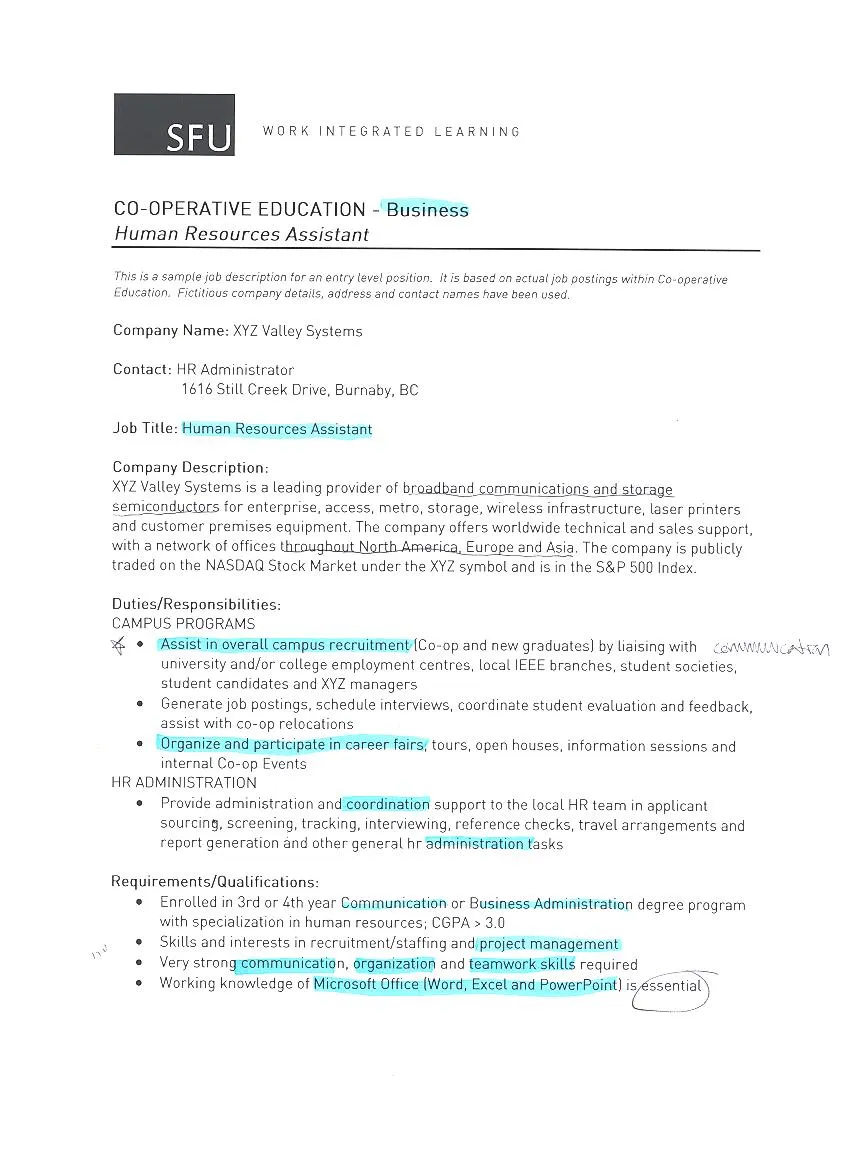
Demonstrate your company research by referencing specific projects, initiatives, or accomplishments of the company that resonate with you. Show that you understand the company’s mission, values, and goals. You can also discuss industry trends and how the company is positioned within the market. Mentioning specific details about the company, such as a recent product launch or an award they have received, shows that you have taken the time to learn about the organization and are not just sending a generic cover letter. This level of detail allows you to make a more compelling case for why you’re the right candidate and increases your chances of making a lasting impression.
Secret 4 Use a Strong and Professional Tone
The fourth secret is to use a strong and professional tone throughout your cover letter. Your writing style should reflect your professionalism, your attention to detail, and your ability to communicate effectively. A professional tone conveys that you take your job search seriously and that you are capable of representing the company in a positive manner. The right tone helps you make a great first impression, and demonstrates your suitability for the role. Avoid using overly casual language, slang, or jargon, and instead focus on clear, concise, and persuasive writing. A strong tone will show that you have the skills and the communication to make a contribution to the team.
Avoiding Common Mistakes in Tone
To maintain a strong and professional tone, avoid common mistakes that can undermine your credibility. Avoid using overly casual language, such as contractions (e.g., “can’t” instead of “cannot”) or slang. Refrain from using overly emotional language or exaggerations. Ensure that your writing is free of grammatical errors and typos, as these can reflect poorly on your attention to detail. Avoid being overly familiar with the reader or using clichés. Instead, focus on using clear, concise, and professional language that conveys your confidence, competence, and enthusiasm. Present yourself as a reliable and professional candidate.
Formatting for Professionalism
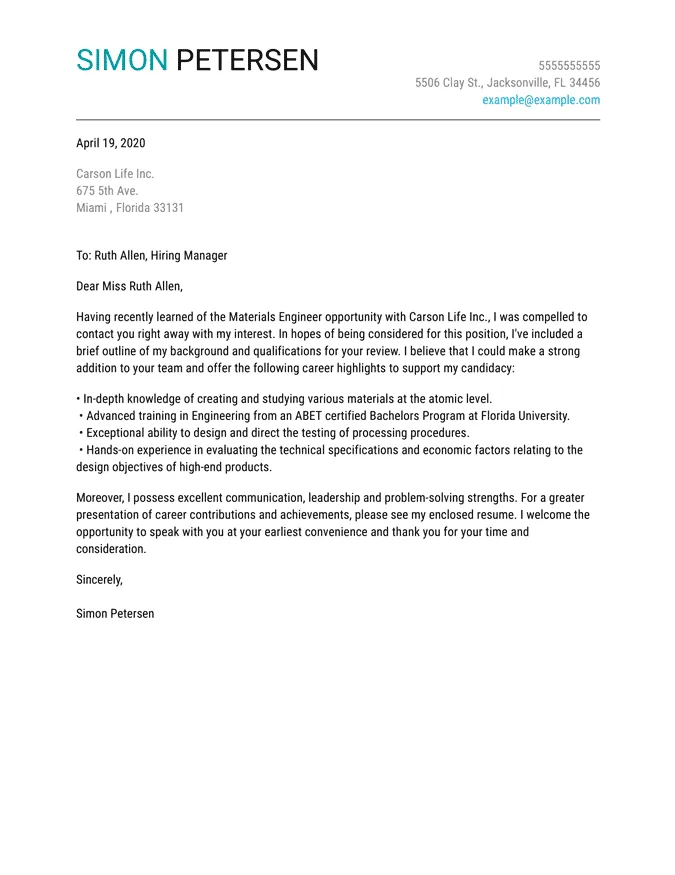
In addition to your writing style, the formatting of your cover letter also contributes to a professional tone. Use a clean, readable font, such as Times New Roman or Arial, with a font size between 10 and 12 points. Use a consistent format throughout the document, with clear headings and subheadings to break up the text and make it easier to read. Use standard business letter format, with your contact information at the top, the date, the hiring manager’s name and title, and a formal closing. Ensure that your cover letter is well-organized and visually appealing. Good formatting shows that you pay attention to details and that you value professionalism.
Secret 5 Proofread and Edit Meticulously
The fifth and final secret to writing an excellent cover letter is to proofread and edit it meticulously. This is perhaps the most crucial step, as even minor errors can detract from your overall message and give the impression that you are not detail-oriented. A flawless cover letter demonstrates your professionalism, attention to detail, and commitment to excellence. Proofreading is the process of carefully reviewing your document to identify and correct any errors in grammar, spelling, punctuation, and formatting. Editing involves revising the content and structure of your letter to ensure that it is clear, concise, and persuasive.
Importance of Proofreading
Proofreading is critical because errors can undermine your credibility and make you appear less professional. Even a single typo can lead a hiring manager to question your attention to detail and your commitment to quality. Errors in grammar, spelling, and punctuation can distract the reader and make it difficult for them to focus on your qualifications and experience. A cover letter that is free of errors demonstrates that you are meticulous, organized, and committed to presenting yourself in the best possible light. A well-proofread cover letter gives you a competitive edge and significantly increases your chances of getting an interview. Proofreading can mean the difference between getting a job and being passed over.
Tools and Techniques for Editing
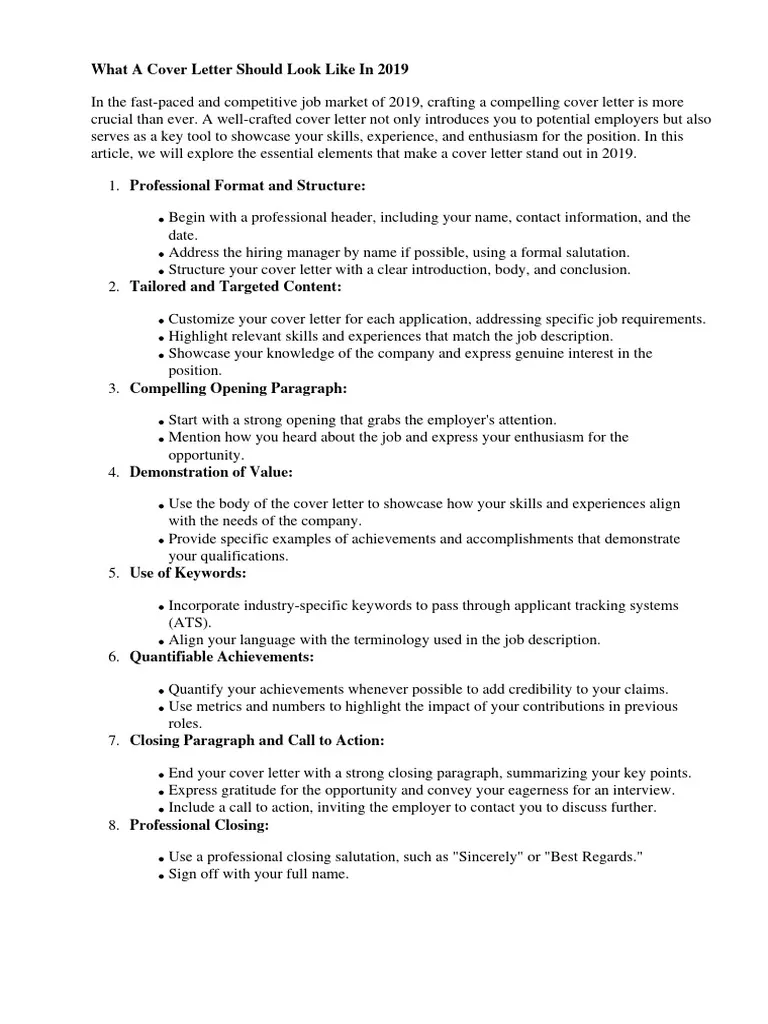
Utilize a variety of tools and techniques to effectively proofread and edit your cover letter. Start by using a spell checker and grammar checker, but do not rely on them entirely. These tools can catch many errors, but they may not identify all of them. Read your cover letter aloud to catch any awkward phrasing or grammatical errors. Read your cover letter backwards, word by word, to catch any typos. Ask a friend or family member to proofread your cover letter, as they may be able to spot errors that you have missed. Consider using professional editing services if you want to ensure that your cover letter is error-free. Editing means refining the content of your letter, as well as your word choice to ensure the highest quality.
